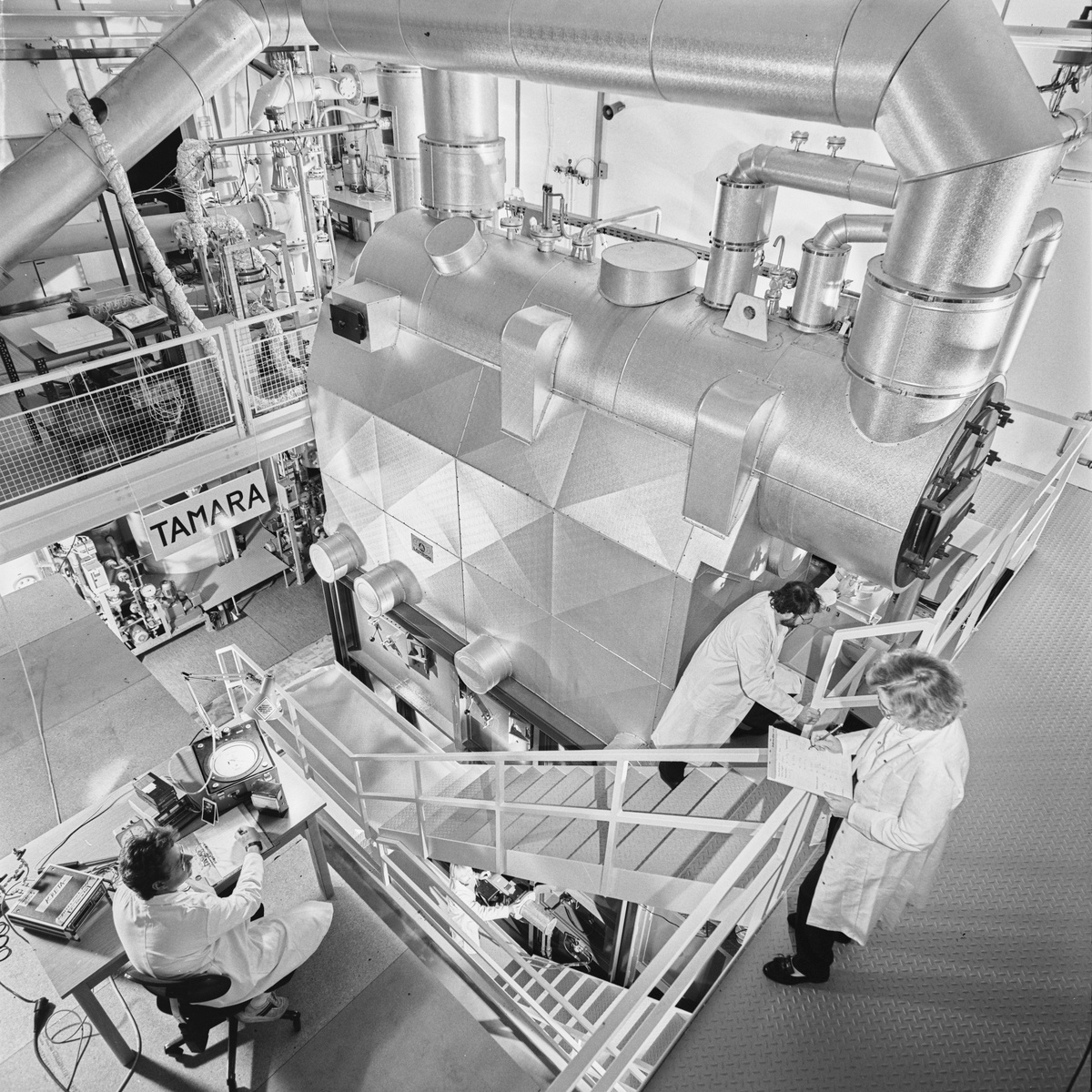200 Years of Pioneering Spirit: Clean Air at KIT
In the 1980s, Karlsruhe’s research landscape underwent a profound transformation. When the first independently designed German research reactor, FR2, was decommissioned at the end of 1981, it marked the beginning of a new era. The Nuclear Research Center (Kernforschungszentrum), a predecessor of KIT, had to seek new areas of activity following the end of the nuclear boom and found them in the field of environmental research. This shift culminated in the 1995 renaming of the center to Karlsruhe Research Center – Technology and Environment (Forschungszentrum Karlsruhe – Technik und Umwelt).
A solution to pressing environmental challenges: The birth of TAMARA
Although there was no direct link between environmental research and nuclear research, the new projects benefited from the center’s extensive experience in designing and operating large-scale pilot facilities. From the early 1990s onward, one of the cornerstones of Karlsruhe’s environmental research was the Thermal Waste Treatment Plant with Exhaust Gas Purification and Wastewater Treatment, known as TAMARA. “We wanted to explore new methods for waste incineration,” explains Helmut Seifert, then head of the Thermal Waste Treatment Division at the Institute for Technical Chemistry of the research center.
The issue was urgent, as waste incineration plants in the 1980s were seen as symbols of environmental destruction due to their emission of toxic and environmentally harmful dioxins. There were widespread protests against the throwaway society and the so-called “dioxin-spewing plants” on the outskirts of cities. The solution developed in Karlsruhe, TAMARA, incinerated waste at temperatures exceeding 900 degrees Celsius and featured improved regulation of combustion air intake and exhaust gas discharge, which significantly reduced pollutant emissions.
Innovations and advancements for the sustainable reduction of pollutants
TAMARA was complemented by additional pilot facilities for the incineration of hazardous waste and municipal solid waste in power plants, such as BRENDA (Combustion Chamber with Steam Boiler System). In addition, researchers developed new filters and catalysts. TAMARA was in operation for approximately 20 years and served as a research platform for thermal waste treatment well into the 2010s.
The findings from TAMARA continue to be applied in industrial waste treatment, for example in reducing pollutants such as nitrogen oxides, dioxins, and so-called forever chemicals (PFAS). Since 1990, emissions of toxic substances from waste incineration have dropped dramatically. According to data from the Federal Ministry for the Environment, total dioxin emissions from all waste incineration plants in Germany had fallen to approximately one-thousandth of their original level by 2005.
mex, September 30, 2025

